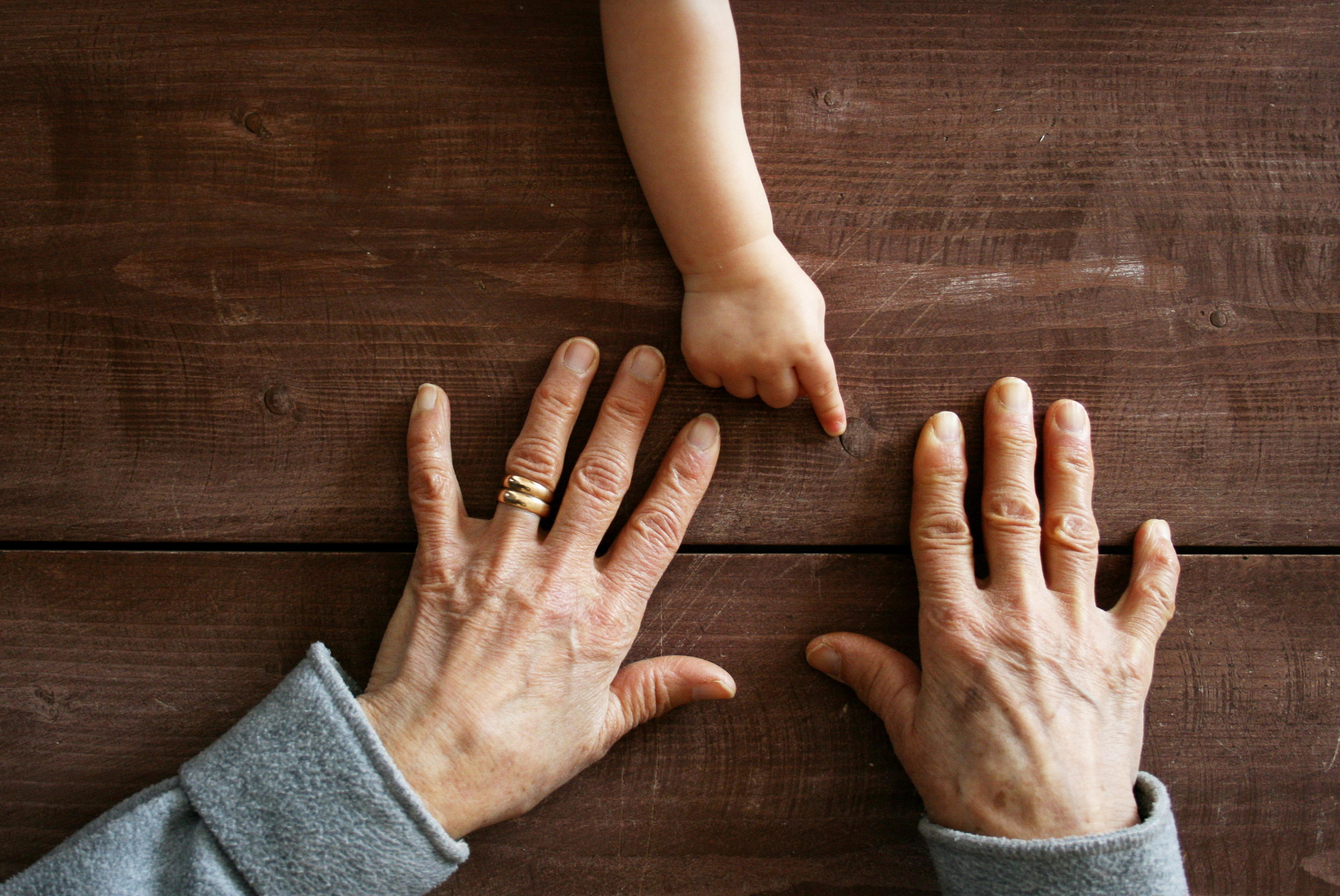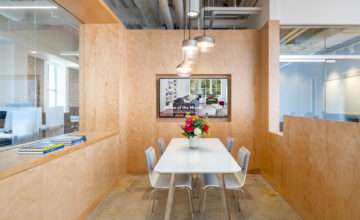Register now!
This program is the second in the Materials Matter series of five continuing education sessions. Click here to return to the full series overview.
Healthy People: Materials Science + Human Health
Material health deep dive, antimicrobials in a post-COVID world, and perspectives from clients and practice
Session 2 delves into the science behind materials and human health to understand how material substances reach people and lead to health consequences. It provides guidance on the complex landscape of health tools by introducing the different types of tools available to make educated decisions about products. It presents client and GC perspectives on prioritizing material health. The day will wrap up with an introduction to the concepts needed to balance health with embodied carbon considerations, and the impact of a building industry transition to natural materials.
Date and time
Wednesday, April 7, 2021
10:00 am to 3:00 pm – break from 12 to 1:00
Continuing education
4.0 HSW LU Hours
4.0 GBCI credits applied for
Learning objectives
- Summarize the key human health drivers for sourcing healthy, sustainable materials.
- Describe how substances in materials reach people, the potential effects on human health, and how some people are more at risk than others.
- Summarize the landscape of databases, disclosures, and certifications available for understanding the impact of material substances on human health.
- Describe the opportunities and limitations of different health tools in order to understand certain contexts require certain tools.
Instructors
 Nsilo Berry
Nsilo Berry
Nsilo Berry, Health Impact Researcher, joined Healthy Building Network in 2020. Previously, Nsilo worked with nonprofit organizations such as Global Health Brigades and Power-Up Gambia, where he was responsible for sustainable health projects in Central America and Africa. The variety of projects included the construction of sanitation stations in an effort to reduce the transmission of infectious bacteria, as well as the installation of portable solar units for remote health clinics. With educational degrees in Biomedical (B.S.) and Material Science (M.S.) engineering, Nsilo is passionate about leveraging his STEM background in low-income communities in addition to BIPOC ones as well. Nsilo’s experiences will provide valuable insights to the research department, while furthering HBN’s mission of environmental justice for all.  Gina Ciganek
Gina Ciganek
Gina has been the chief executive officer of the Healthy Building Network (HBN) since 2016. Prior to joining HBN, Gina spent 18 years at a Twin Cities area affordable housing developer as the vice president of Housing Development. She led the development or rehabilitation of thousands of affordable housing units, culminating in the construction of The Rose, a 90-unit apartment in downtown Minneapolis that set a new national standard for healthy housing, and safe materials use in affordable housing. Gina was named to Finance and Commerce’s Top Women in Finance (2012 & 2015) and inducted into the Circle of Excellence in 2015. She is a graduate of the Achieving Excellence in Community Development program at Harvard University’s JFK School of Government and holds a B.S degree in Housing from the University of Minnesota. Teresa McGrath
Teresa McGrath
Teresa leads Healthy Building Network’s Research and Education strategies. With prior experience in government, NGO and industry, she brings a wealth of holistic knowledge and multi-sector experience to our team. Teresa led the Chemical Management Program for Sherwin-Williams, the largest paints and coatings company in the world, where she focused on hazards reduction and transparency, and assisted business units in meeting sustainability and green chemistry goals. She also spent nine years as the Senior Managing Toxicologist at NSF International’s Green Chemistry Programs, and two years at the Environmental Protection Agency in the Design for the Environment (DfE) Branch of the Office of Pollution Prevention and Toxics (OPPT). Paul Mellblom, FAIA
Paul Mellblom, FAIA
Using architectural practice-based leadership and problem-solving skills, Paul has guided dozens of organizations as an architect, dedicated volunteer, and board officer to realize complicated building projects and organizational change focused on elevating the human condition. Paul shares leadership of the firm’s focus on creating highly sustainable, healthy work and living environments. Paul actively donates his time, currently serving on the Tulane University Center for Public Service Board, the Minneapolis Downtown Council’s Jobs Task Force, the ULI Minnesota Diversity, Equity and Inclusion Task Force and as a member of the ULI Healthy Leader’s Network. Rebecca Stamm
Rebecca Stamm
Rebecca Stamm is a senior researcher at Healthy Building Network. She conducts vital building materials research to understand what products are made of and what might be hazardous to building occupants, workers, and fence-line communities. She has a B.S. from Rose-Hulman Institute of Technology and an M.S. from Purdue University, where she studied Chemical Engineering focusing on materials. Rebecca has also worked in materials development and testing, quality control, and certification. Roberto Valle Kinloch
Roberto Valle Kinloch
Roberto Valle leads Healthy Building Network’s HomeFree program, focusing on building the capacity of affordable housing leaders to make informed decisions about healthier building materials and practices. He has over ten years of experience working with local government, nonprofits, and the private sector delivering resource efficiency solutions through an equity lens. Roberto holds an M.Sc. in Renewable Energy from the University of Reading in the U.K. and a Ph.D. in Energy Management from the Norwegian University of Science and Technology in Norway. Stacy H. Smedley
Stacy H. Smedley
Stacy has a Bachelor of Arts in Architecture from the University of Washington, and over 18 years in the architecture and construction professions. Her resume includes the first LEED for Homes Platinum certified project in Washington State as well as the first project in the world to be certified under Living Building Version 2.0 standards. As Sustainability Director at Skanska, Stacy has led sustainable initiatives, and is considered a subject matter expert in LEED, Living Building Challenge and carbon emissions associated with buildings and construction. In her role at the newly established nonprofit, Building Transparency, Stacy leads the continued management and development of the free, open-access Embodied Carbon in Construction Calculator (EC3) tool and works to educate and engage the building industry on actionably reducing embodied carbon emissions of building materials. Chris Magwood
Chris Magwood
Chris Magwood is obsessed with helping reverse climate change by making carbon-storing buildings that are also healthy, beautiful, efficient and inspiring. Chris is currently the executive director of The Endeavour Centre, a not-for-profit sustainable building school in Peterborough, Ontario. The school runs a full-time certificate program – Sustainable Building and Design – and hosts dozens of hands-on workshops annually. In 2019, he helped to establish Builders for Climate Action, which will be rolling out a set of tools and policy options to help governments, designers and builders reverse climate change with their buildings. Chris has authored seven books on sustainable building, including Essential Sustainable Home Design (2017). He is co-editor of the Sustainable Building Essentials series from New Society Publishers, and he contributed a chapter to the book The New Carbon Architecture.
Questions?
Contact Deanna Christiansen, Continuing Education Director
Click here to return to the full series overview.




